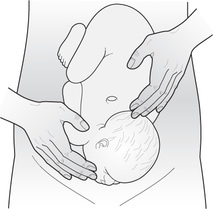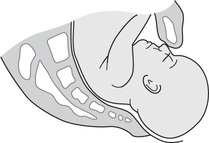faeces food residue and other waste products excreted from bowels. Adj faecal. faint temporary loss of consciousness due to generalised cerebral ischaemia; syncope. false pelvis region between brim of true pelvis and iliac crests. See pelvis. falx sickle, or sickle-shaped structure. falx cerebri sickle-shaped fold of dura mater separating two cerebral hemispheres of brain. familial occurring in families, inherited conditions, e.g. haemophilia. fat soluble capable of being dissolved in fats, e.g. vitamins. fecundity ability to produce offspring. femur thigh bone, from hip to knee, articulating with innominate bone at acetabulum. fentanyl intravenous or intramuscular analgesic for intra- and postoperative pain. ferment to induce chemical changes as result of enzymes with specific actions. ferritin iron–apoferritin complex; one form in which iron is stored in body. fertility ability to produce young. See also subfertility, infertility.
F
![]()
Stay updated, free articles. Join our Telegram channel

Full access? Get Clinical Tree


Nurse Key
Fastest Nurse Insight Engine
Get Clinical Tree app for offline access


